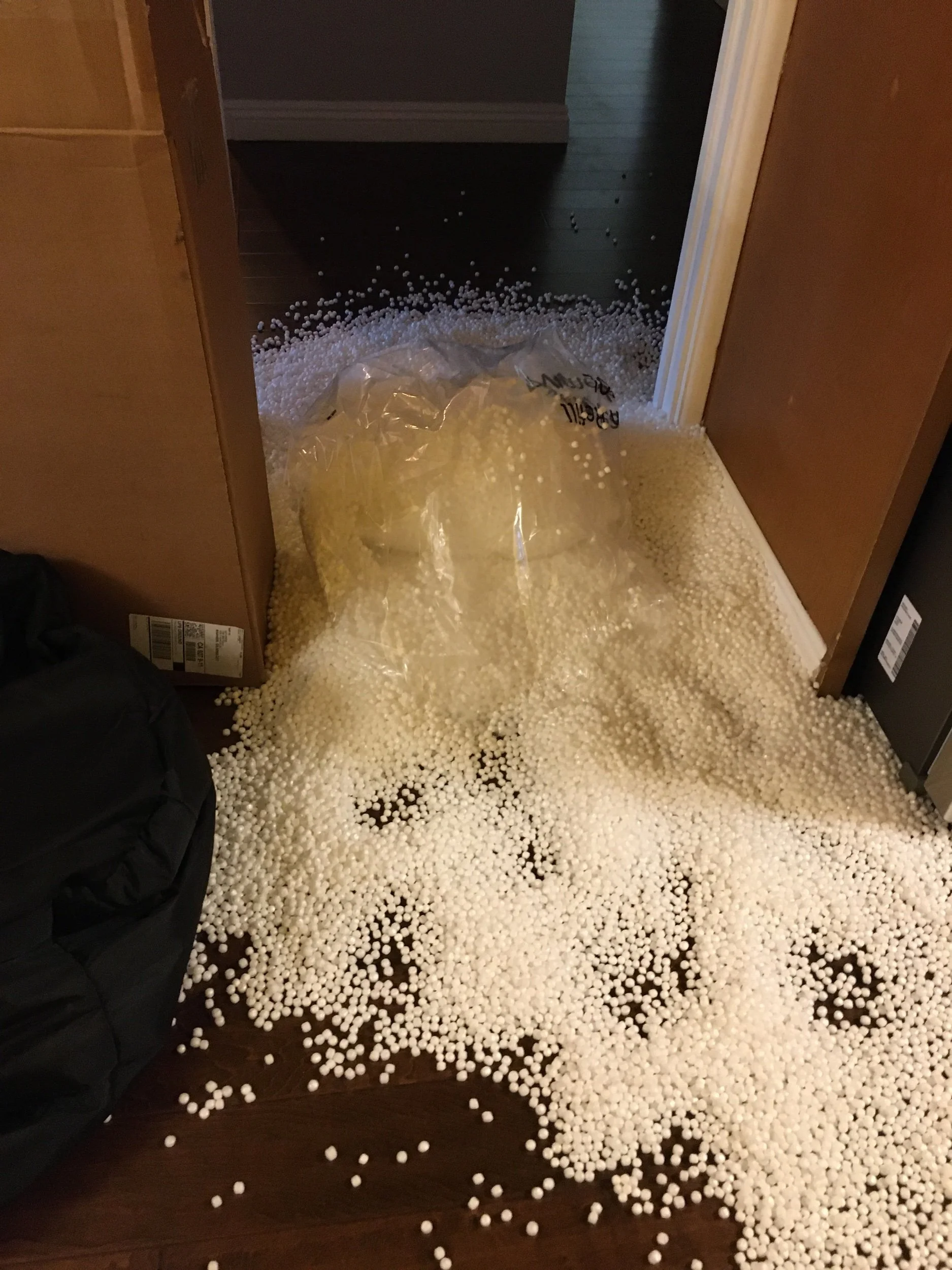So you’ve written 30 new poems or five or none or you have a backlog of poems you’ve set aside. Great! It’s good to let them sit for a while and look at them again with fresh eyes.
There are all sorts of “rules” to writing and editing. But rules are often annoying and unnecessarily restrictive. Look at what others recommend and find what strategies work best for you.
This shirt sums up my attitude towards prescriptive guides, but I thought these recommendations were good guidelines to consider as well as Carmen Giménez Smith’s suggestions. Honestly, I love learning about the processes amazing writers use.
For me, reading poems aloud, particularly to other people (sorry, Don and friends!), helps me find the rough spots—the convoluted wording, problematic line breaks, missing words and confusing grammar/syntax. Even better is to have someone else read your poem aloud—that will really show whether the line breaks and structure work on the page for a reader.
Perhaps the admin for the UN’s account should have had someone read over the hashtags. Oops!
Btw, I once used IUD instead of IED in a poem—not the kind of imagery I’d intended—so I can sympathize.
For line breaks (my weakest area for years), try to end on a strong verb or image. If you are rhyming in your poem don’t let the end rhyme dictate the entire line, or you may lose the necessary surprise. With all the focus on the end words, it’s easy to let articles and prepositions build up for the first word of your lines. See what you can rearrange or cut.
Titles, oof. Remember that they need to hook readers. Ask yourself if you would choose to read this poem if its title were listed on a table of contents with other poems. Try to use the title to give additional context to the poem without giving spoilers. Yes, this can be difficult to balance. It’s all practice and developing your own voice/style and strategies. Some poets use the title as the first line of the poem, which can be fun. It can be helpful to look to the center or maybe three or four lines from the bottom of a poem to find its “heart” (I am unsure who recommended this, perhaps Alexis Rhone Fancher, but I heard it in Eric Morago’s workshop).
Also remember that your first lines will determine whether someone will continue reading. It’s often hard to really get a poem started, and I often need an on-ramp to the “real” poem. If this is the same for you, see what you can cut. And try not to include too much in one poem.
While you need to pull a reader in, don’t forget that the last lines are the lens through which the entire poem will be remembered (this is I heard in Brendan Constantine’s workshop).
Back to cutting, you will often hear the phrase “kill your darlings.” It may ease the pain if you keep a document of cut lines to use later.
Make sure the form fits your message. If you are using a single column, perhaps try couplets or quatrains. Experiment to see what works best for you.
Most of all, keep reading and find what you like. Try to expand beyond just a few poets or one style of writing and borrow techniques from many writers so that you develop a unique voice. And listen to yourself. In a recent workshop, I received conflicting advice on what lines to cut for an editing exercise (cutting from a 40-line poem to a 20-line poem to just 10 lines). I listened and appreciated the suggestions, but I was the one who decided. At other times, I just hand a poem over. I learn a lot that way too.
Ultimately, you need to listen to yourself. Some of the advice I’ve received was counterproductive because the readers/listeners didn’t understand my intent. As I’ve developed as a writer, I’ve found that unhelpful advice is often a sign that I hadn’t succeeded and need to rework a section. Sometimes people just like different kinds of poetry, and that is the beauty of writing and reading: there is something out there for everyone.
If a poem or story still isn’t working for you, remember everyone has had that same experience at least once—this blog post for example.
For today’s exercise, create your own cheat sheet for editing. Knowing your own strengths and weaknesses, make a list of what you should consider first for a deep revision and then a final check for grammar and minor issues. Take that list and use it to revise a particularly rough poem that you wrote at least a week ago.
As with refilling a beanbag chair, things can go all over the place. Good luck with pulling it all together.
Have fun editing!







